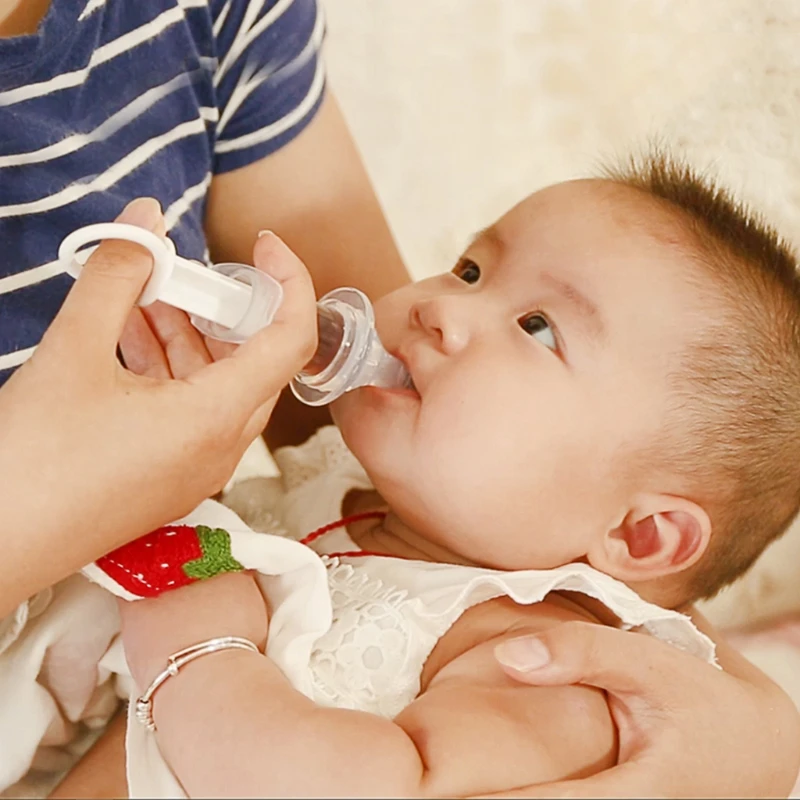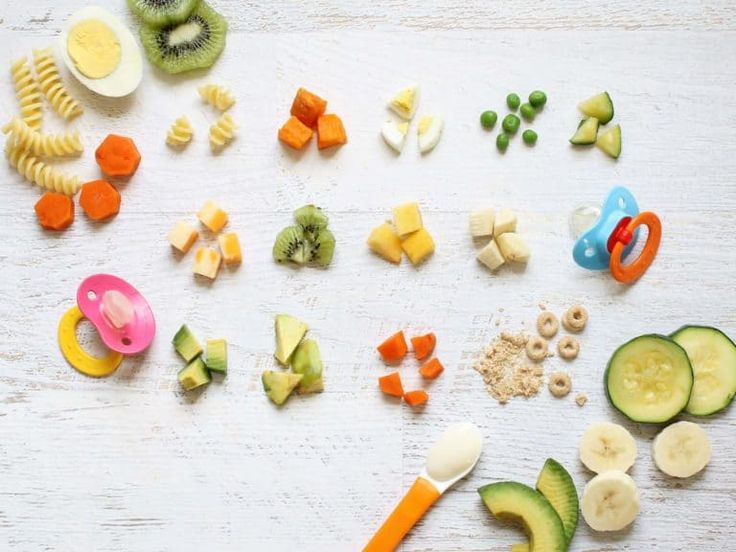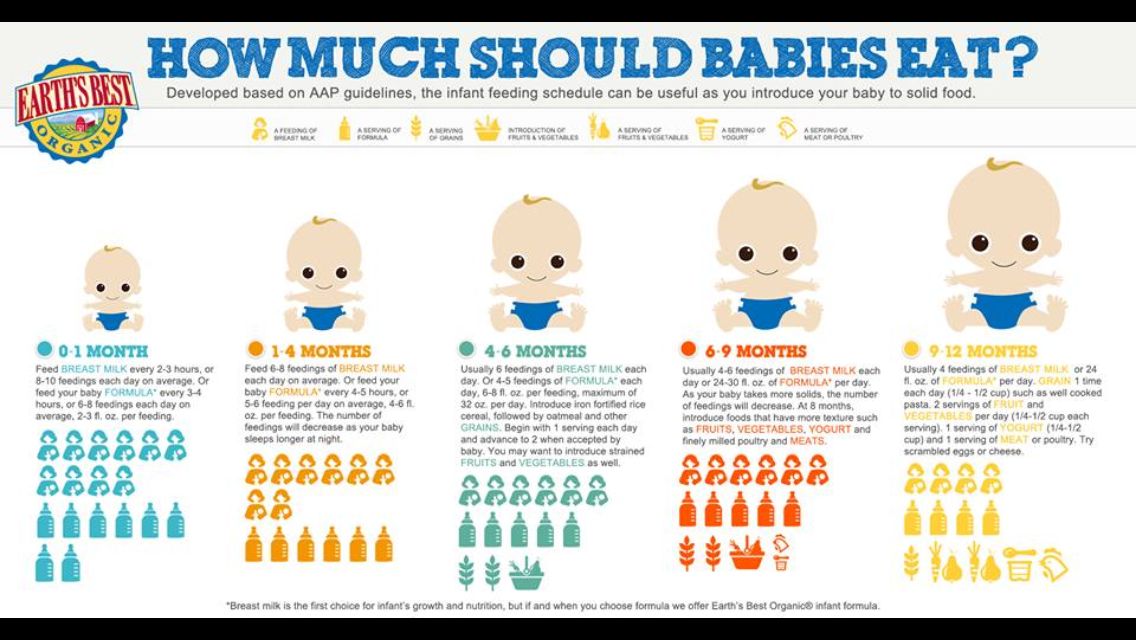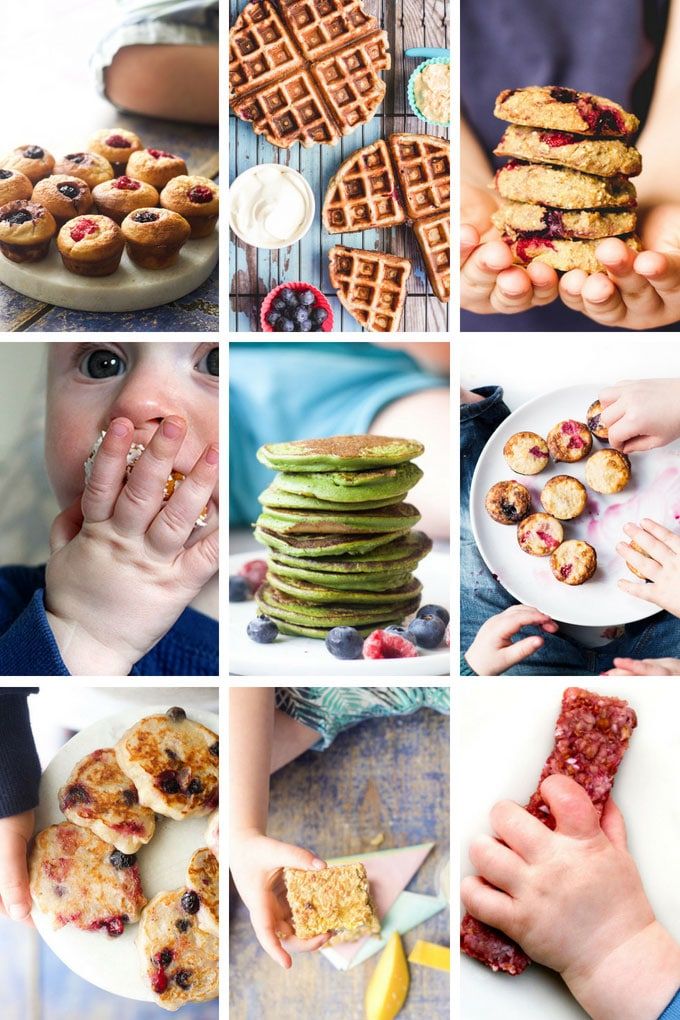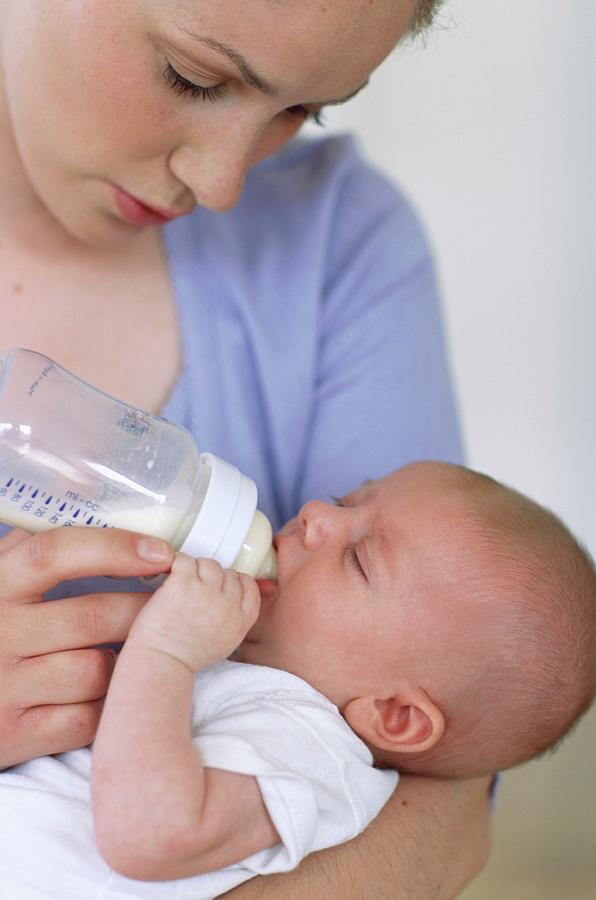Food for seven month old baby in india
Indian Food Chart for Your 7-Months-Old Baby
As you already have started solid foods with your baby, now it’s the time to offer new foods to him. This 7-month baby food chart will give you an idea of all the foods and nutrients that should be given to your baby at this stage.
While the picture of this food chart already gives you an insight into the options you can give your child when it comes to his daily meals, read on to know in detail about your 7-months-old baby's meal plan.
You might have successfully started solid foods with your baby in his 6th month. As he is entering his 7th month, you might be looking for 7-months baby food options to introduce in his diet. Now is the time for him to explore and enjoy new foods. Your baby is now ready to learn about different textures and flavors of food. Introducing your baby to different foods as given in 7-months-old baby food chart will develop a healthy eating habit in him for a lifetime.
Check out: How to tackle some of the most common food allergies in babies
Importance of 7-month baby food chartYour baby at 7-months has a very tiny stomach and can only take a small feed. Therefore, it is important to include all the nutrients required by your baby for better development in those small feeds too. As his physical activities like rolling, crawling will have increased, so will his nutritional requirement. 7-month baby food chart will give you an idea of nutrients required by your baby at this stage.
In the 7-month baby food chart, breastmilk or formula milk is the best and bulk of your baby’s intake. By the time your baby reaches 7th month, he is ready to eat few lumpy meals rather purees. The food chart of a 7-month- old baby is just a guideline to help you plan your baby’s meal. Take this 7-month baby food chart as a reference and supplement your baby’s diet with the required nutrition.
The food chart advises you to serve 2-3 meals a day which includes snack as well and 90-120 ml of breastmilk or formula milk at a time. The 7-month baby food chart is not quantified. For the quantity of food to be fed, best is to check your baby’s hunger cues as every baby has a different appetite. Feed one food at a time for 3 days and check for any allergic reaction to the particular food. Do not feed him forcefully. Choose the timings of meals as per your preference but never feed solids after 7.00 pm.
For the quantity of food to be fed, best is to check your baby’s hunger cues as every baby has a different appetite. Feed one food at a time for 3 days and check for any allergic reaction to the particular food. Do not feed him forcefully. Choose the timings of meals as per your preference but never feed solids after 7.00 pm.
Start your little one’s day with breastmilk or formula milk followed by breakfast, lunch and a snack. Make sure you are not compromising breastmilk in order to feed solids.
Nutritional 7-month baby food optionsHere is a list of nutritious yet delicious 7-month baby food items that you can include in your baby’s diet.
1. CerealsYou can make porridge with oats, semolina, ragi, rice or barley. These cereals are a good source of protein, iron, and calcium respectively. It is preferred to feed one cereal at a time before trying various combinations.Do not add sugar to it. To add sweetness to it, use jaggery.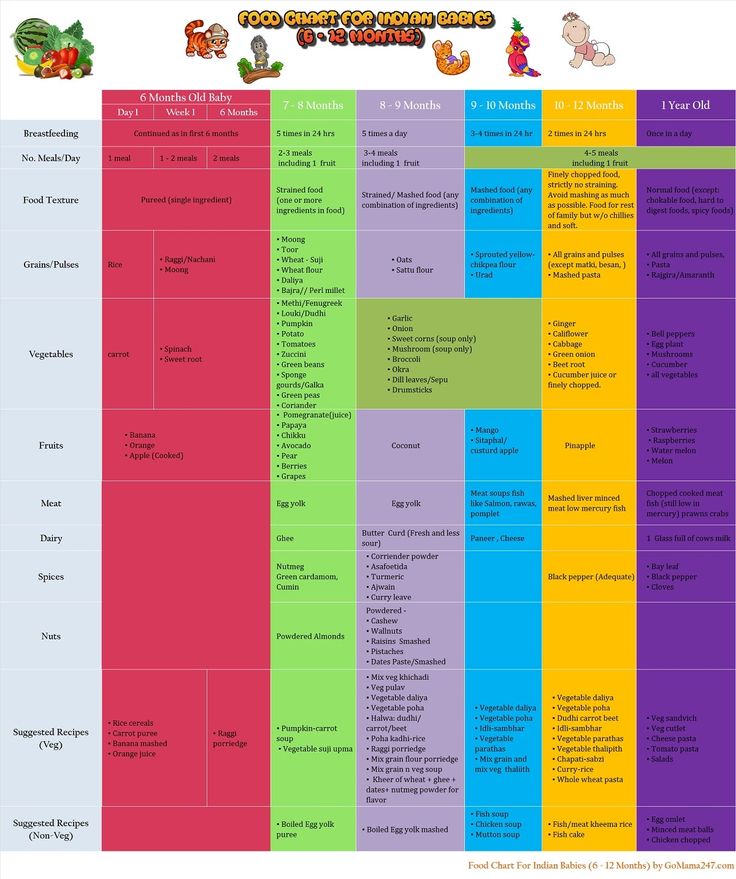 Make it more delicious with mashed banana or applesauce.
Make it more delicious with mashed banana or applesauce.
You can prepare applesauce for your baby just by cooking and pureeing apple. Give your baby fiber-rich cooked apple with pumpkin. Mash them properly to avoid any lumps. Banana can be served without cooking. Mash it properly and mix it with milk to enhance the taste. Pureed mangoes, plums, kiwi, orange pulp, papaya, etc. are the best food options for 7-months baby food to start with your child.
3. Rice KhichdiRice is the least allergenic cereal for babies. Make a rice khichdi with lentils, preferably moong. You can add potatoes, spinach, carrots, peas, beetroot, tomato and other easily cooked and digestible vegetables in rice khichdi for your baby. This nutritious food option can be served along with curd for best taste.
4. Cooked veggiesYou can serve cooked carrots, pumpkin, sweet potato, peas, etc. to your baby. Mash them properly before serving. You can make kheer of these veggies by adding breastmilk or formula milk to it.
Mash them properly before serving. You can make kheer of these veggies by adding breastmilk or formula milk to it.
Serve moong daal, arhar daal, masoor daal to your baby. These lentils are rich in protein and are good for your baby.
6. Liquids other than milkFruits juice, sago water, rice water, pulse soup, tomato soup, mix veggie soup, shakes, smoothies are other very nutritious food items to be given in 7-month baby food.
IMPORTANT: The do's and don'ts of starting your baby on solids
Tips that come in handy with a 7-months baby food chart-Always serve sips of water before, after and in between feeding your child.
-Though it is already mentioned to give 3 meals in the 7-month baby food chart, you can skip one and feed milk accordingly.
-Though most of the food items to be given to a baby of this age is included in 7-month baby food options, but you can include more after consulting your doctor.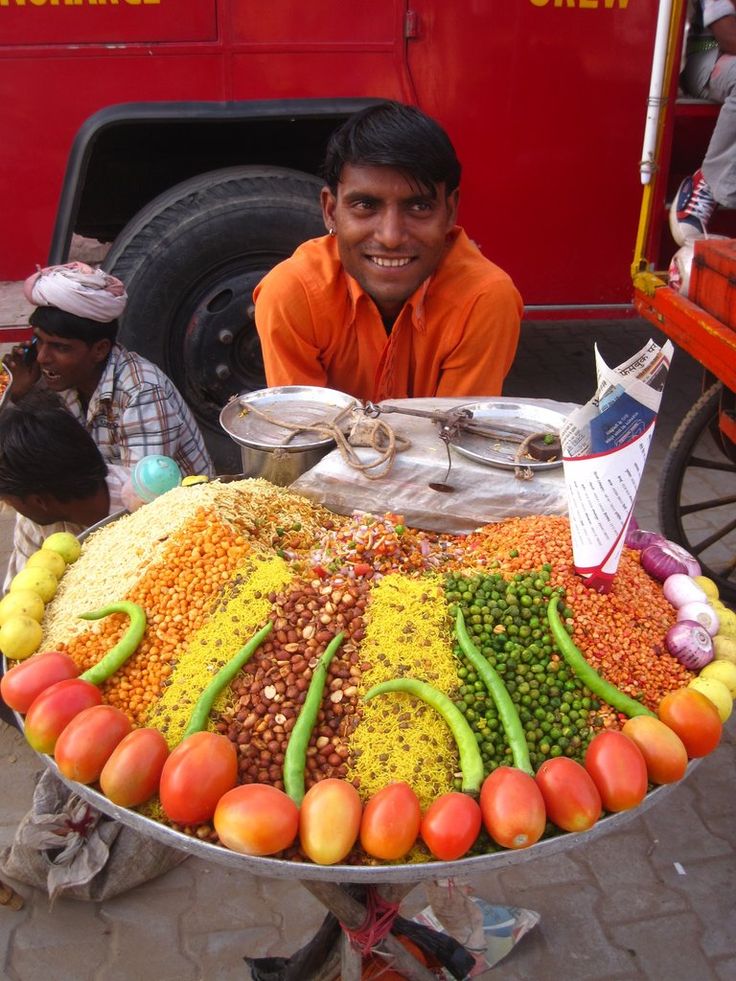
You can check out various nutritious food recipes, mentioned in 7-month baby food options and also across all age groups as your baby grows, on the Parentlane App.
85
82
Shares
Indian Baby Food Chart for 7 Months Baby
Indian 7 Month Baby Food Chart, Indian Baby Food recipes, By seven months, babies may learn to chew soft lumpy food even if they have no teeth. So be sure to include well-mashed food gradually rather than a puree and make a thicker consistency. Don't force the baby though, as each baby is unique and adopt eating habits at their own pace. Just keep trying at your best to encourage his eating habits. Always consider preferring homemade foods for your baby, which is safe.
Also, remember that solids food can't replace the nutrients breastmilk or formula provides during the first year. So consider including solids in your baby's diet as a complementary feeding. Please read on six months baby food chart (to cross check the foods you have introduced at six months) before you plan a food chart for your seven months baby.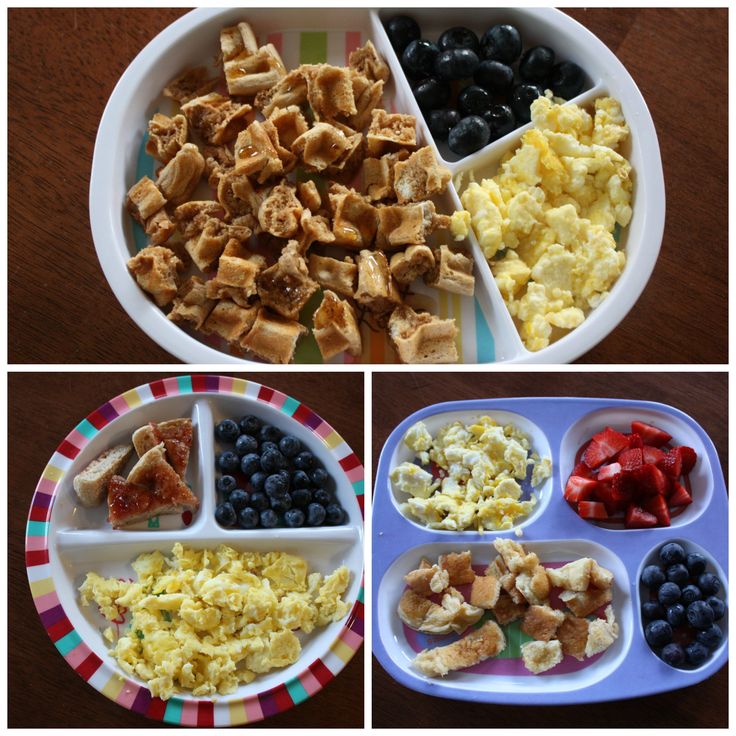
At seven months, you can introduce the below foods in addition to the 6-month food chart.
Fruits: Chikku, papaya
Vegetables: Beetroot, bottle gourd, tomato, ash gourd, green beans, peas, butternut squash
Cereals: Poha/Beaten Rice, Puffed Rice
Pulses: masoor dal
Dairy: cheese
Non-Vegetarian: Egg yolk
The complete list of options you can include in 7 months old baby's diet:Fruits: Apple, Avocado, Banana, Pears, muskmelon, Peaches, Plums, Prune, Chikku, papaya
Vegetables: Carrot, Pumpkin, Sweet Potato, beetroot, bottle gourd, tomato, ash gourd, green beans, peas, butternut squash
Cereals & Grains: Rice, Ragi, Barley, Semolina/Suji/Rava, sabudhana/Sago/Tapioca, Ragira/Amaranth, Phool Makhana, Quinoa, Poha/Beaten Rice, Puffed Rice
Pulses: Yellow Moong Dal, masoor dal
Dairy: Ghee, Butter, cheese
Non-Vegetarian: Egg yolk
Sample Indian Food chart or Diet plan for seven months old baby (high-level food chart):For seven months baby, you can offer one meal and a snack for a day. Rest should be breastfeeding or formula feeding. Choose the timings for meal and snack according to your baby's preference, but avoid giving any solids after 7 PM.
Rest should be breastfeeding or formula feeding. Choose the timings for meal and snack according to your baby's preference, but avoid giving any solids after 7 PM.
For the quantity of food, always be guided with your baby's hunger as appetite varies from baby to baby, and most babies change from day today. Here is an approximate amount:
- 1/4 cup of fruit or vegetables
- 1/4 cup of cereal. Gradually increased to 1/2 cup
Introduce one food at a time and follow three days rule which will help to find out allergic reactions to a particular food.
7 Months Indian Baby Food RecipesHere is the collection of 7 Months Baby Food Recipes, please customize the below sample charts with the mentioned recipes that can be included in 7 months baby’s diet based on availability, convenience, and your baby’s preference.
Here is the sample high-level food chart with recipes ( please click on the hyperlink to get the recipes) for seven months old baby, please customize this chart with the options that can be included in 7 months baby's diet based on availability, convenience, and your baby's preference.
Along with the above high-level food chart, here I have provided a weekly chart for seven months baby food to give an idea on how to introduce foods following three days rule and one new food for a day. Hope it helps new parents to plan a complete chart for a whole month.
Baby menu at seven months
0-6 months
Article
5/5 1 reviews
What should be the menu of a child at 7 months? What foods and in what quantity can be introduced into the diet at this age? When and at what intervals to give the baby to eat? We will help develop an approximate menu for a 7-month-old baby and answer the most exciting questions regarding the nutrition of a baby up to a year old.
7 min. for reading Feb. 17, 2022
17, 2022
Contents
- Diet: when and how much should a child eat at 7 months
- Baby menu at 7 months: introducing new products
- Consistency of dishes
- Meal schedule and approximate daily menu
- Sample diet for a 7 month old baby allergic to cow's milk proteins: Table
- FAQ
- Breastfeed every 3-4 hours while breastfeeding.
- If you give your baby expressed breast milk, he needs approximately 710 grams per day. With 5-6 meals a day, this is about 120 to 200 grams of milk per meal.
- If the baby is formula-fed (FW), he needs 170 to 230 grams of formula up to 4 times a day, provided that 2 more feedings replace complementary foods. To find out how much mixture you need, be guided by the instructions on the package, the recommendations of the pediatrician.
- From the age of 6 months, only mother's milk or adapted infant formula is not enough for a baby - he needs a variety of complementary foods.
 Introduce no more than one new product per day into the child’s menu at 7 months and consult a pediatrician first. After getting acquainted with different foods, up to three complementary foods can be given daily: this can be one or two tablespoons or 115-170 grams (8-12 tablespoons), depending on the baby and the specific product.
Introduce no more than one new product per day into the child’s menu at 7 months and consult a pediatrician first. After getting acquainted with different foods, up to three complementary foods can be given daily: this can be one or two tablespoons or 115-170 grams (8-12 tablespoons), depending on the baby and the specific product.
Important
The calculation of portions and the number of feedings depends on the individual characteristics of the development and needs of the child. Therefore, first of all, be guided by the recommendations of your pediatrician and the needs of the baby.
Baby menu at 7 months: introducing new products
The basis of the diet is still breast milk or infant formula. To diversify the menu, children's adapted food will help: fruit and vegetable purees, milk and dairy-free cereals, juices, as well as some products from the "adult table".
Cereals
At 7 months, dairy-free and milk porridges, along with breast milk, are the basis of a child's nutrition.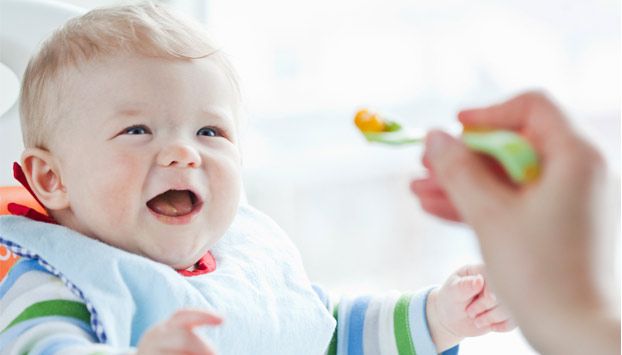 To start complementary foods, choose gluten-free liquid one-component cereals with a high iron content: rice, buckwheat, oatmeal. A little later - corn and semolina. Start complementary foods with half or a whole teaspoon, gradually increasing the serving to 150 grams.
To start complementary foods, choose gluten-free liquid one-component cereals with a high iron content: rice, buckwheat, oatmeal. A little later - corn and semolina. Start complementary foods with half or a whole teaspoon, gradually increasing the serving to 150 grams.
Important
Dairy-free porridge is diluted with breast milk or milk formula, milk - with purified boiled water.
Find out more: Gerber® Baby Cereals: product range
Vegetable and fruit purees
Vegetable and fruit purees diversify the diet and introduce new tastes to the baby. According to WHO recommendations, the best product to start with is a one-component vegetable puree made from zucchini, broccoli, cauliflower or potatoes. These vegetables are less allergenic than other foods. If the child does not have allergies, pumpkin, carrot, pea and tomato puree can be given a little later.
Find out more: Gerber® Vegetable Purees
After introducing vegetable purees into your diet, it's time for your baby to get to know sweet and healthy fruit purees.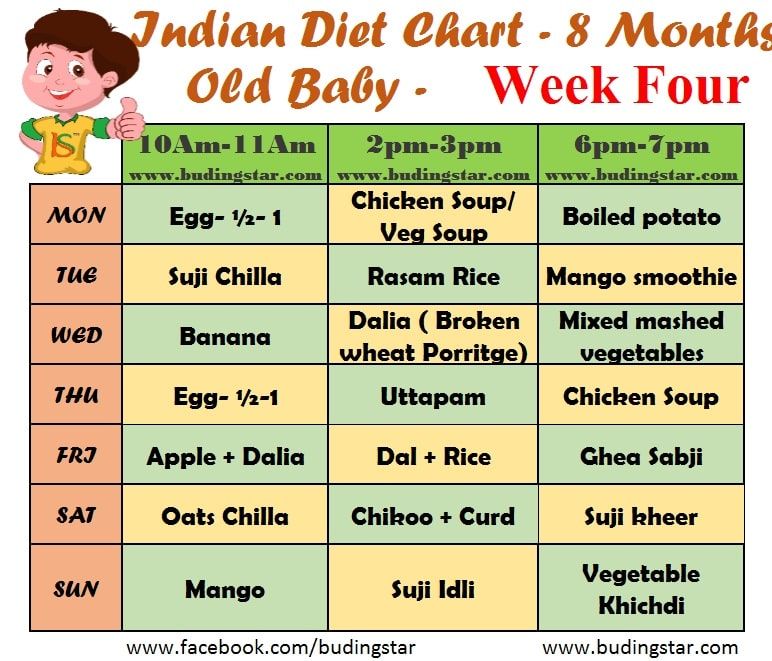 Like vegetable, fruit complementary foods are also recommended to start with one-component low-allergenic foods. Apple, pear or banana puree is best for this. Start with half or a whole teaspoon and gradually increase the serving to 100-150 grams.
Like vegetable, fruit complementary foods are also recommended to start with one-component low-allergenic foods. Apple, pear or banana puree is best for this. Start with half or a whole teaspoon and gradually increase the serving to 100-150 grams.
Find out more: Gerber® fruit purees
Meat
Meat is a developmentally necessary product, rich in iron and protein, which is well absorbed in the body. Start with homogenized options. The product must contain only one type of meat (diet turkey, rabbit, chicken, veal) and no additional components. If the crumbs have a tendency to food allergies, choose meat very carefully, it is better to consult a doctor in advance. Pay attention to the composition of baby food and its age-appropriate baby. First, let the baby try half a teaspoon. If no adverse reactions occur, gradually increase the meat rate to 60 grams.
Find out more: Gerber® Meat Purees
Juices
Fruit juice is great for snacking and menu variety. Young children tolerate clarified apple and pear juice better, so they should be introduced first. Give the baby adapted baby juices: they do not contain sugar or other additives undesirable for the child. Ordinary store-bought juices can only be drunk by children over three years old.
Young children tolerate clarified apple and pear juice better, so they should be introduced first. Give the baby adapted baby juices: they do not contain sugar or other additives undesirable for the child. Ordinary store-bought juices can only be drunk by children over three years old.
See also: What kind of juice to start complementary foods for babies
Advice
Introduce your baby to juices after introducing cereals and vegetable purees. Often the child gets used to sweet juices and then does not eat foods with a less bright taste.
Egg yolk
In addition to cereals and mashed potatoes, boiled egg yolk is introduced at the age of 7 months, as it is an excellent source of omega-fats, selenium, phosphorus and vitamins. Please note that you need to give the egg not the whole, but only the yolk. But, like any other product that you give to try for the first time, it should be introduced carefully and little by little to make sure that the baby does not have an allergy. Do not combine with other food! Only when you "test" the yolk, it is allowed to add it to cereals and vegetable purees.
Do not combine with other food! Only when you "test" the yolk, it is allowed to add it to cereals and vegetable purees.
Important
It is believed that children with allergies can be fed quail eggs. But it is important to remember that quail eggs can also be allergic, as they also contain egg white - an allergen that is found in chicken eggs. Therefore, do not experiment, but seek the advice of a pediatrician.
See also: Introduction of complementary foods to children with food allergies
Baby biscuits and crackers
Some babies start teething at seven months. Therefore, you can add crackers and children's cookies to food. But do not forget that they should not be too hard so that the child does not get hurt and choke. It is also better to choose special products without added salt, sugar, synthetic leavening agents and preservatives.
Important
The child should eat solid food in a sitting position and strictly under adult supervision.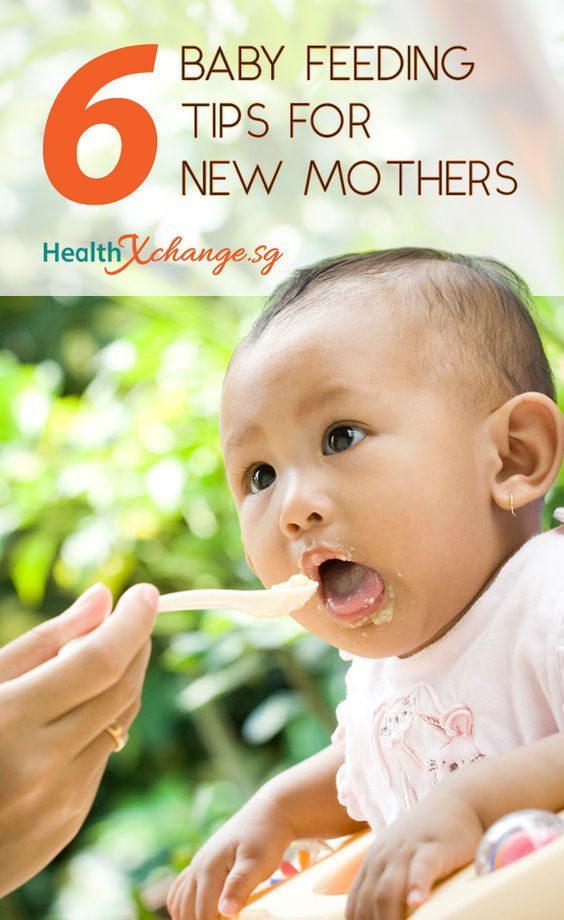
Consistency of dishes
The main component of the diet remains liquid and homogeneous (without lumps) - breast milk or milk formula, milk and dairy-free cereals. As the baby grows, the baby's food should change from liquid and homogeneous to thicker and puree, mashed. When the body adapts and is able to digest solid food, they begin to carefully introduce small, medium and coarsely ground foods, give children's cookies and crackers. At 7 months, some babies already have teeth, but the child cannot yet chew thoroughly and safely swallow vegetables, fruits and meat. Therefore, solid food should be given only in a grated form. It is important that the puree is not too thick, otherwise the child may accidentally choke.
Advice
If you are making puree yourself, carefully remove everything that is not rubbed and can get into the crumbs' respiratory tract: bones, fat, veins, skin, films. To make the puree easier to swallow, add some boiled water, unsalted vegetable broth, vegetable puree already familiar to the baby, or breast milk (milk mixture).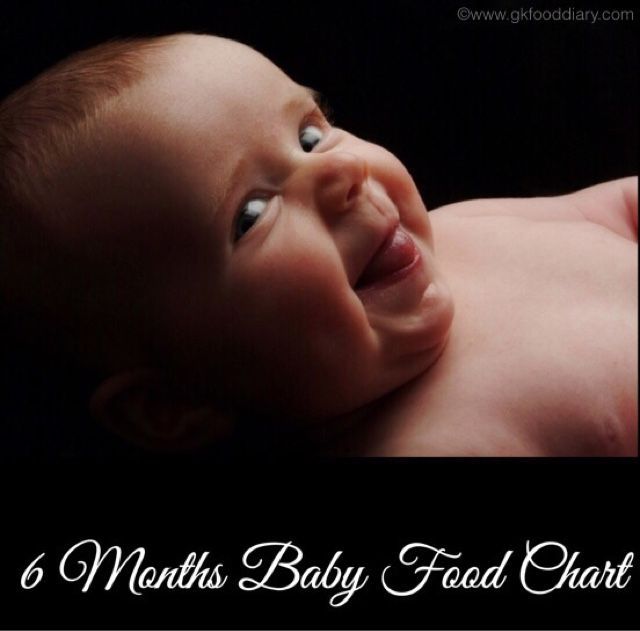
By about 7 months of age, the baby has mastered the skill of "palm grip" and can independently hold solid food in the handle. From now on, you can give your child special baby cookies or snacks. At the same time, make sure that the baby eats slowly, in a sitting position and does not choke.
Important
Baby should be ready to eat more sticky or solid foods. Therefore, before changing the consistency of food for a child, consult a pediatrician.
What can be given to children at 7 months and at what time to feed? Parents can begin to form a classic division of food consumption per day. But at 7 months, the baby needs to be fed not three or four, but five times a day at intervals of four hours. The first and final feeding is mother's milk or formula. Complementary foods are not given at this time in order to prevent overeating.
*Dairy-free porridge should be diluted with breast milk or infant formula given to the baby.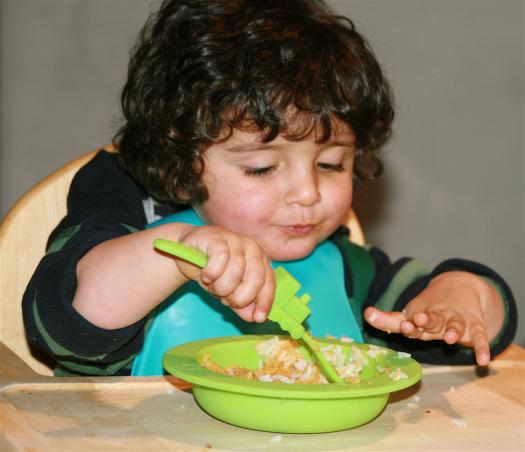 Milk porridge is diluted with water.
Milk porridge is diluted with water.
Tip
Do not salt or sweeten food. It is better to introduce the baby to sugar and salt after a year.
| Feeding time | Products | Serving Size |
|---|---|---|
| I feeding 6 hours | Breast milk or formula for infants with cow's milk protein intolerance | 200 ml |
| II feeding 10 hours | Nestle® Dairy-Free Rice Porridge* | 130 g |
| Vegetable oil (add to food) | about 1 tsp | |
| Gerber® Apple or Williams Pears Fruit Puree | 70 g | |
| III feeding 14 hours | Gerber® Vegetable Puree Broccoli, Cauliflower | 170 g |
| Vegetable oil (add to food) | about 1 tsp | |
| Gerber® Meat Puree Tender Vegetables with Rabbit | 30 g | |
| IV feeding 18 hours | Vegetable puree or dairy-free porridge** | 170 g |
| Vegetable oil (add to food) | about 1 tsp | |
| Gerber® Tender Turkey Meat Puree | 20 g | |
| V feeding 22 hours | Breast milk or formula for infants with cow's milk protein intolerance | 200 ml |
*Dairy-free porridge should be diluted with breast milk or formula for infants with intolerance to cow's milk proteins. **you can either alternate porridge or vegetables, or offer a mixed dish - porridge with vegetables.
**you can either alternate porridge or vegetables, or offer a mixed dish - porridge with vegetables.
Now you know what products and in what form can be introduced into the child's menu at 7 months. It is preferable if it is certified baby food that meets all age requirements and high safety standards.
See also: Do we cook ourselves or use baby food?
1. At what age should complementary foods start?
The World Health Organization (WHO) recommends introducing complementary foods to your baby's menu at 6 months of age.
2. Where to start complementary foods?
Experts advise starting complementary foods with one-component homogenized vegetable purees.
3. How much should a 7-month-old baby eat?
At 7 months, a baby needs a portion of food per day, which is equal to about ⅛ of body weight. This is 1000-1200 ml of food, excluding water, juices, children's tea. Divide this amount by 5 feedings and you will get an estimated amount of food per meal - 200-210 ml.
Divide this amount by 5 feedings and you will get an estimated amount of food per meal - 200-210 ml.
Articles on the topic:
Baby refuses new foods
Eating right and without mistakes
Introduction of complementary foods to an infant
Latest reviews
Average customer rating
1 customer ratings
Snapshot of community ratings
- 5 one
- four 0
- 3 0
- 2 0
- one 0
"I constantly caught greasy looks on myself." Russian women about life in India - Snob
A 19-year-old Rajasthan man was sentenced to death for raping a seven-month-old girl. Recently, the number of sexual crimes has increased in India, the country leads the ranking of the most dangerous for women.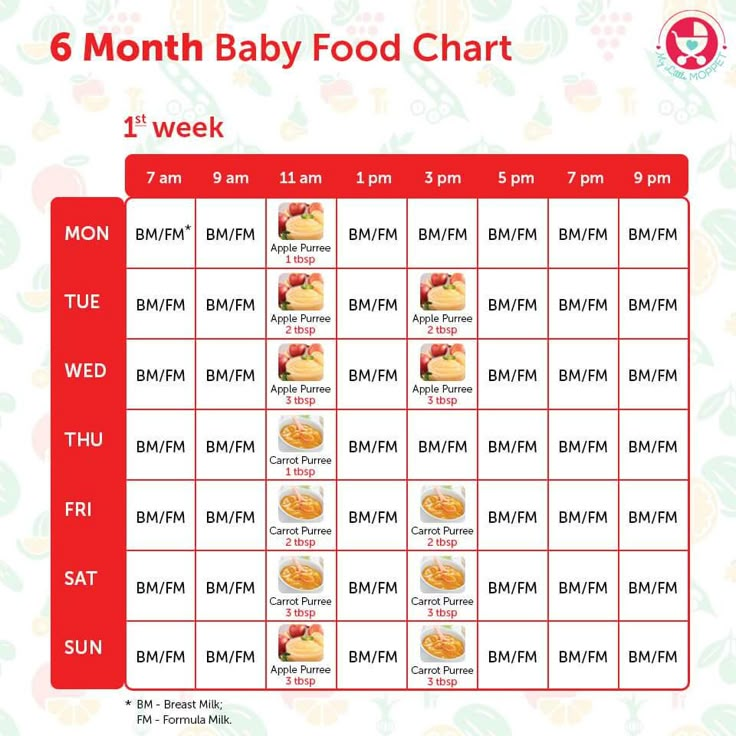 Russian women who lived in India told Snob about the place of a woman in Indian society, harassment and rape attempts
Russian women who lived in India told Snob about the place of a woman in Indian society, harassment and rape attempts
According to the Thomson Reuters Foundation, India has become the most dangerous country in the world for women: about 40 crimes are committed against them every hour. The problem has become so acute that in April of this year, the Indian government introduced the death penalty for the rape of girls under 12 years old and increased the minimum prison term for those whose victims were under 16 to 20 years. sexual harassment and voyeurism.
Fatal sex crimes became punishable by death following the 2012 gang rape of a female student on a bus in Delhi. The girl was abused by six men and thrown out of the bus to the side of the road. Doctors fought for her life, but they failed to save the girl. After that, mass protests took place across the country, and the government was forced to toughen penalties for sexual crimes.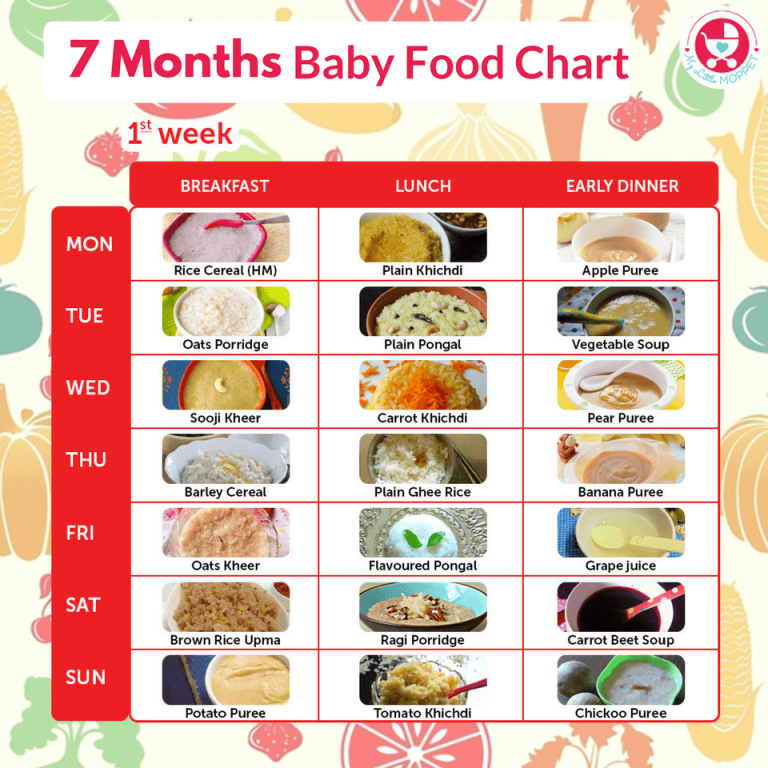
Another big story happened in 2017. In northern India, a 10-year-old girl gave birth, who became pregnant as a result of rape. The pregnancy of the girl became known for a period of more than 20 weeks, when it was already too late to have an abortion. At the same time, the girl herself did not know about the child, she was told that she had a large stone in her stomach that needed to be removed. After a caesarean section, the girl's family abandoned the child, and her uncle was detained on suspicion of rape.
However, not only local women, but also tourists are raped in India. In early May of this year, in the Indian state of Kerala, the police found the decapitated corpse of a woman who was identified as a 33-year-old Latvian tourist who had disappeared a month earlier. The woman came to India to be treated for depression and disappeared. The police found that two local residents drugged her, raped her, and then beheaded her. The suspects were detained.
Women in India suffer from more than just sexual crimes.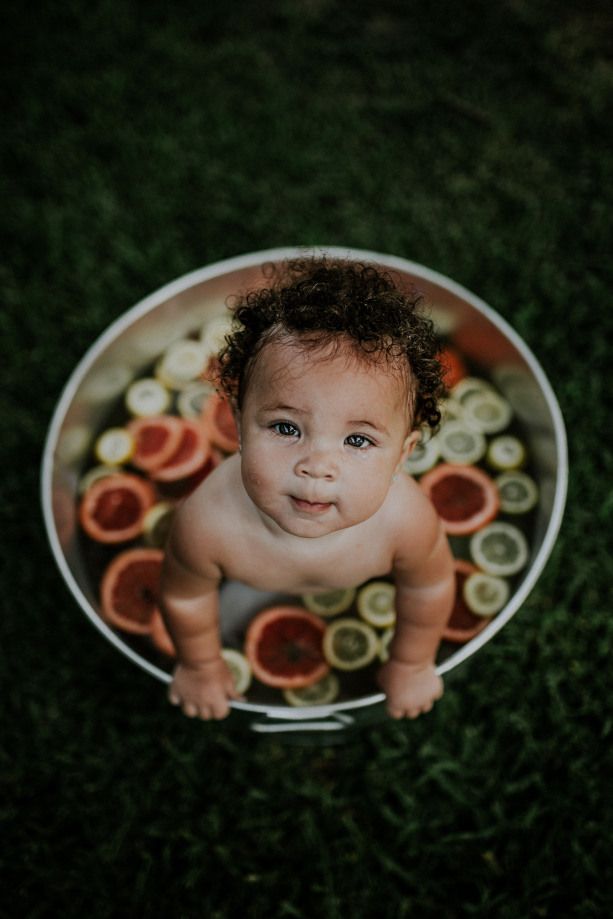 In Jaipur, a young man poured acid on a woman after refusing to marry him. At the same time, the victim was already officially married and had three children.
In Jaipur, a young man poured acid on a woman after refusing to marry him. At the same time, the victim was already officially married and had three children.
A 35-year-old woman from Lucknow was the victim of an acid attack for the fifth time a year ago. She was first raped and doused with acid in 2008 over a property dispute. The same men threw acid in her face in 2012 and 2013 to force her to drop the charge. The next time, they made me drink acid in front of my daughter. The men were arrested but soon released on bail. After that, the woman was attacked on the territory of a special guarded shelter.
Russian women who lived and worked in India for some time told Snob how they escaped annoying attention, harassment and what they did to avoid becoming victims of rape.
Photo: Indranil Mukkherjee / AFP"Village men perceive white women as porn stars"
Ekaterina, 33
Ekaterina has been living in India for several years. She first came to the country in 2010, two years later she took a yoga teacher training course in Dharamsala and got a job there as an English translator for Russian tourists. For three years she lived in India for half a year, and then returned to Russia for 1-2 months. In 2015, Ekaterina moved to Delhi, found a job there in her specialty, and last year she married an Indian.
She first came to the country in 2010, two years later she took a yoga teacher training course in Dharamsala and got a job there as an English translator for Russian tourists. For three years she lived in India for half a year, and then returned to Russia for 1-2 months. In 2015, Ekaterina moved to Delhi, found a job there in her specialty, and last year she married an Indian.
Now I work as a teacher, I have both Indian and expat children among my students. In advanced and wealthy families, parents invest a lot of money in the comprehensive education of children. In poor families, parents sometimes do not send their daughters to school, as they will still be housewives. The government is trying to fight this and organizes all sorts of courses (such as cutting and sewing) for women, creating jobs. Therefore, in India, you can buy fabrics with handmade embroidery very cheaply.
Before marriage, from 2015 to 2017, I rented accommodation in Delhi in various areas, including disadvantaged ones. She went and went everywhere alone. Sometimes I returned from work late, after midnight, but I didn’t get into the story. In large cities and tourist areas, it is quite safe for a woman if you do not get drunk to unconsciousness in nightclubs, do not accept drinks and sweets from strangers (there were cases when drugs were added to sweets), do not wear too revealing clothes, do not go to visit and do not invite to your room, do not get into cars with strangers or unfamiliar men. It is better to meet someone in public places. You should not travel alone to non-tourist places, villages, it is better to travel as part of a group or with a man. You need to behave confidently and, in case of danger, shout loudly and threaten the police.
She went and went everywhere alone. Sometimes I returned from work late, after midnight, but I didn’t get into the story. In large cities and tourist areas, it is quite safe for a woman if you do not get drunk to unconsciousness in nightclubs, do not accept drinks and sweets from strangers (there were cases when drugs were added to sweets), do not wear too revealing clothes, do not go to visit and do not invite to your room, do not get into cars with strangers or unfamiliar men. It is better to meet someone in public places. You should not travel alone to non-tourist places, villages, it is better to travel as part of a group or with a man. You need to behave confidently and, in case of danger, shout loudly and threaten the police.
There are a lot of foreigners in Delhi. Most locals treat them with respect, because they think that all foreigners are very rich. Only villagers perceive white women as porn stars (in Western films they show everything on TV) and stare at them.
Traditional Indian society does not accept revealing clothes: women in mini, tight and low-cut clothes are considered prostitutes. In large cities, this is treated more calmly, you can even see Indian women in such clothes.
India is very different from north to south and from west to east. Matriarchy reigns in some northeastern states and in some places in the south. The woman is the head of the family and inherits land and property. In other parts of the country, there is a rigid patriarchy: a woman becomes a housewife after marriage, even if she is rich and well educated. In some Hindu-Orthodox families, women do not go out alone without a husband or his relatives, they sit at home. In such families, inter-caste and inter-religious marriages are not welcome, and often such love stories end in “honor killings”. Marriages are usually concluded by agreement, in accordance with the caste, the position of the family in society, material wealth, education, etc. Sometimes a dauri (dowry) is demanded from the bride's family - many crimes against women occur for this reason. It happens that after the wedding, the husband's family asks for more and more money, morally and physically put pressure on the woman, sometimes it ends in suicide. By law, it is forbidden to demand dauri, but many follow the traditions. All of the above applies to orthodox Hindus from northern and central India. Fortunately, in large cities, everything is not so: now there are a lot of modern families where women work and do not have any restrictions from their husbands. Many Indians study abroad, many have relatives in Europe and America.
Most crimes against women involve Indian women, not foreign women.
The government is trying to fight crimes against women: there are many crisis centers and helplines in the country. You can even complain to the police about obscene suggestions and comments from men. I know a case when a woman hailed a taxi, and a pervert taxi driver was driving and masturbating. She filmed it on her phone camera, pressed the panic button on the app, and the police arrived. He was arrested and later sentenced to a real prison term.
India, Mumbai. October 10, 2014. Chinese Reshma brother-in-law and friends tied up and doused with acid. The court awarded her compensation of 100,000 rupees ($1,600) to be paid within 15 days. Five months later she still hasn't received a penny Photo: Indranil Mukkherjee / AFP
The court awarded her compensation of 100,000 rupees ($1,600) to be paid within 15 days. Five months later she still hasn't received a penny Photo: Indranil Mukkherjee / AFP "The overwhelming majority of Indian men are horny maniacs"
Maria, 31 years old
Maria lived in India twice for 9-10 months, with her boyfriend and alone. And these two times turned out to be very contrasting. After the second trip, the girl became disillusioned with Indian men "for the rest of her life."
In 2010, my boyfriend opened a yoga center in the southern state of Karnataka, and I met tourists and took care of organizational issues.
Two years later I returned to India alone, with nostalgic feelings, dreaming of seeing the state of Rajasthan, returning to the old places, and that's when my rose-colored glasses broke. I settled in Jaipur and got a job as a teacher of Russian and English at a school. I had only 10 minutes to go to work, but they were enough in full: many men just stopped and frankly stared, every day someone came up and asked me for a phone number, invited me somewhere.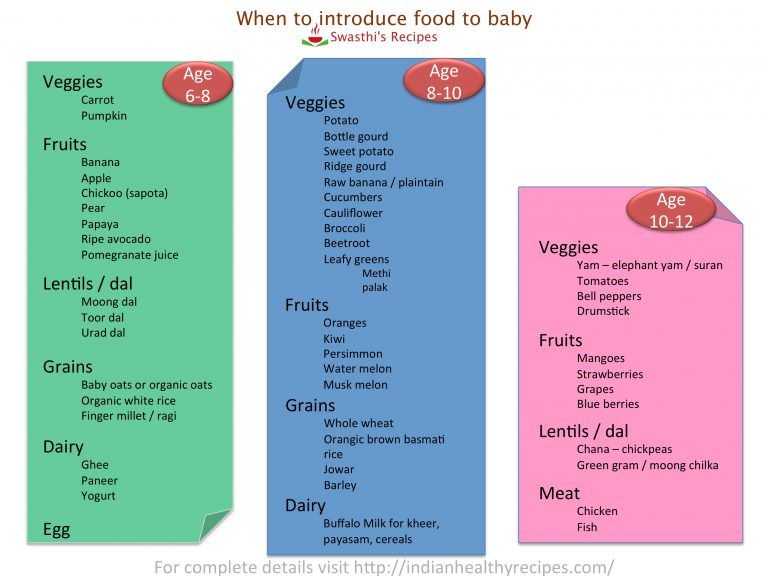 They usually started with What is your name?, and the third or fourth question was already Do you have a boyfriend? Can I be your boyfriend? After some time, I simply stopped answering their questions, because communication with a simple Indian man always ends up like this. There are exceptions - rich, well-educated men who studied abroad and saw the world.
They usually started with What is your name?, and the third or fourth question was already Do you have a boyfriend? Can I be your boyfriend? After some time, I simply stopped answering their questions, because communication with a simple Indian man always ends up like this. There are exceptions - rich, well-educated men who studied abroad and saw the world.
Sometimes men just asked me to take a picture with me and then tried to grope me. More than once I was grabbed by different places by men passing by on a moped. The vast majority of Indian men are preoccupied maniacs. In Jaipur, I completely forgot that you can wear clothes that expose your legs and shoulders. I dressed very closed, and then there was a little less attention.
Sometimes I went out of town to the sea. Once I went far from the main beach. A teenager came up to me and started asking me something, and then tried to grab my chest. I was frightened, cracked him on the arm and rushed to run. Then I thought that I could handle the frail guy, but then I got really scared.
I had expat friends in Jaipur. We sometimes went to hang out with them in nightclubs. One day I went home alone, in a tuk-tuk. It was about three in the morning. When we arrived at the house, the rickshaw demanded that I pay more than the agreed amount. I thought he was talking about money, but then the rickshaw jumped out of the tuk-tuk and grabbed my chest. I screamed like crazy. The rickshaw got scared and ran away.
I have also been to Goa. They got used to white people there, but even there an unpleasant story happened to me. We - three guys and three girls - went there to celebrate the New Year. But we couldn’t dance in any club: the locals surrounded us in a tight ring and tried to hug the girls, even if the guys tried to block us.
And these stories are not scary compared to some others. At the time when I lived in India, the story about a tourist from Denmark thundered all over the world. She came to Delhi alone, got lost and followed some men who promised to show her the way.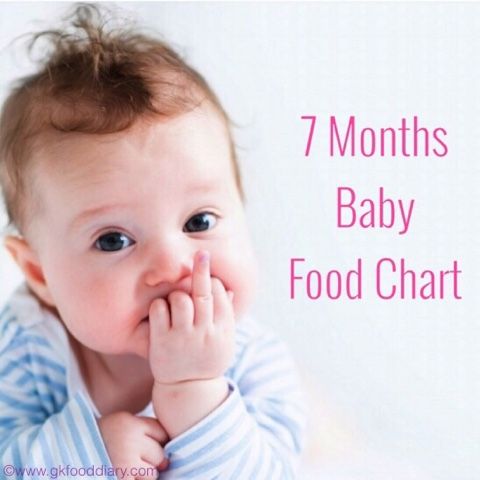 They raped her with the whole crowd.
They raped her with the whole crowd.
I believed in people until the very end and tried not to stigmatize men. Until I had an unfortunate incident with a teacher from our school. He was a respected man, with a good reputation, married, with children. He was the last person I would have suspected of indecent behavior. One evening I was returning home and ran into him not far from my house. He said that he was waiting for his friend, he was late for half an hour, and asked if it was possible to wait for him at my place. I naively agreed. Half an hour later, I realized that a friend is unlikely to come. My colleague was not going to call him, but he began to behave strangely, and then suddenly asked: Can I kiss you? I replied that it was probably time for him to go home, and threatened to tell his wife and the headmaster about everything.
By the end of my stay in India, I wanted to hit every man who came up to me. I left Jaipur with the feeling that I had had enough India for the rest of my life and that I was completely disillusioned with the Indians. They don’t stare at local women like that and they won’t come up with an offer to have sex, at least there is some ostentatious respect. But foreign women, from their point of view, sleep with everyone.
They don’t stare at local women like that and they won’t come up with an offer to have sex, at least there is some ostentatious respect. But foreign women, from their point of view, sleep with everyone.
“It is impossible to avoid attention and prejudice against yourself”
Anastasia, 27 years old
Anastasia married an Indian and periodically visits his homeland in Bangalore. It is difficult for her to get used to the traditional position of a woman in Indian society.
In principle, it is not dangerous for Indian women to walk the streets if they dress and behave according to the traditions of society. Local girls who choose their own partner, place of work, study, meet people from a different caste, go to parties, go against the system. Their behavior is not approved, and they can get into trouble.
Foreigners need to be extra careful. Due to the color of their skin and the stereotypes inherent in Indian society, white women are considered easy-going, frivolous and vulgar.



